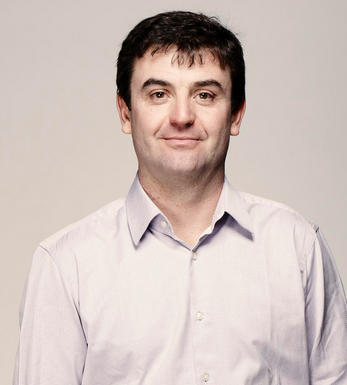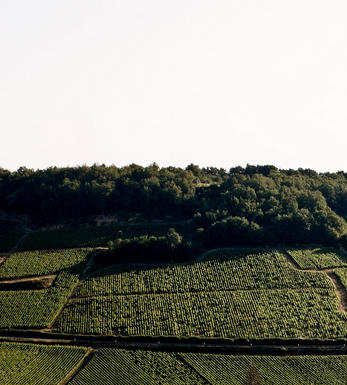
2013 Bienvenues-Bâtard-Montrachet, Grand Cru, Maison Roche de Bellene

About this WINE

Maison Roche de Bellene
Nicolas Potel decided to set up his own négociant business after the death of his father in 1996 and the subsequent sale of Domaine Pousse d`Or which his father had been managing.
The Nicolas Potel label became an excellent source of predominantly red wines, from Bourgogne Rouge to the Grands Crus of the Cote de Nuits. His hallmark has been to make wines which respect both their vineyard provenance and the style of the vintage while remaining attractively priced.
Suffering from a lack of capital, he sold the business to the Cottin brothers of Labouré-Roi in 2004, continuing as before until he parted company with his new owners in spring 2009. Instead he has developed his own Domaine de Bellene and negociant business Maison Roche de Bellene in Beaune.
Maison Roche de Bellene has been thriving in its new setting, expanding white wine production with the same high standards and competitive pricing as the reds. An associated company is Collection Bellenum, a label Nicolas uses for sourcing parcels of older Burgundy wines from capable producers who have squirrelled away various gems from their best vineyards.

Puligny-Montrachet
Puligny was one of two villages (along with Chassagne) which gained permission in 1879 to hyphenate the name of its most famous vineyard, Montrachet, to its own.
The reputation of Puligny-Montrachet is based around its four Grands Crus. Montrachet labels often boast a noble, triumphant 'Le' in front of its name, lest you dare confuse it with any lesser wine. It has much to be proud of, with many considering Montrachet to be the greatest white wine in the world. At its best it has an intensity, complexity and elegance that make you wonder how such a wine could be made from mere grapes.
The luxurious and explosive Chevalier-Montrachet is not quite as deep, although it is probably the next best. Only marginally less impressive, and rather more consistent than Montrachet is the richly textured Bâtard-Montrachet (also shared with Chassagne). Bienvenues-Bâtard-Montrachet is equally good, with the focus on honeyed finesse and exquisite balance rather than richness.
These legendary wines are supported by a host of fabulous Premier Cru vineyards capable of reaching Grand Cru quality. Brimming with flavour and intensity, Le Cailleret and Les Pucelles (which both lie across the road from Le Montrachet) are prime candidates, along with Les Demoiselles, Les Combettes and Folatières.
Sandwiched between the larger Chassagne and Meursault, Puligny produces wines that are more striking than any in the Côte d’Or, portraying a floral elegance alongside a stylish, steely concentration. They are very different to Meursault: more refined and delicate, and less rich.
Village level Puligny-Montrachet from top growers can be very good indeed, but is all too often unexciting and disappointing. Grands Crus normally need at least eight years before they can be broached, and last for 20 or more. Premiers Crus should generally be enjoyed between five and 15 years of age; village wines from three to 10 years.
In theory, you can find red Puligny-Montrachet, but it scarcely exists anymore, and is rarely worth the price tag.

Chardonnay
Chardonnay is often seen as the king of white wine grapes and one of the most widely planted in the world It is suited to a wide variety of soils, though it excels in soils with a high limestone content as found in Champagne, Chablis, and the Côte D`Or.
Burgundy is Chardonnay's spiritual home and the best White Burgundies are dry, rich, honeyed wines with marvellous poise, elegance and balance. They are unquestionably the finest dry white wines in the world. Chardonnay plays a crucial role in the Champagne blend, providing structure and finesse, and is the sole grape in Blanc de Blancs.
It is quantitatively important in California and Australia, is widely planted in Chile and South Africa, and is the second most widely planted grape in New Zealand. In warm climates Chardonnay has a tendency to develop very high sugar levels during the final stages of ripening and this can occur at the expense of acidity. Late picking is a common problem and can result in blowsy and flabby wines that lack structure and definition.
Recently in the New World, we have seen a move towards more elegant, better- balanced and less oak-driven Chardonnays, and this is to be welcomed.


Buying options
Add to wishlist
Description
Lovely fresh colour with little green tints. Exuberant fruit on the nose, and again in the mouth, backed by an excellent acidity, this is a complex, balanced wine that is very classy and has superb length. Only 150 bottles produced but so good that we had to have some.
Jasper Morris, MW - Wine Buyer
Nicholas feels that the saving grace of the 2013 vintage was the amount of small berries caused by millerandage. He has opted for minimum extraction but longish cuvaison. The white wines have not been stirred because they were rich enough naturally. They are expected to be bottled in December and will all be under DIAM corks, apart from the Grands Crus. The reds will be bottled during February.
wine at a glance
Delivery and quality guarantee